Duffys Forest, Terrey Hills: Mob of ‘Skippy’ kangaroos increases after drought
Did Skippy escape from ‘Waratah Park” and begin to breed what is now a large mob of eastern grey kangaroos roaming the fringes of the northern beaches?
Manly
Don't miss out on the headlines from Manly. Followed categories will be added to My News.
Are the direct descendants of Skippy — Australia’s most famous native animal TV star — part of a huge mob of kangaroos that is increasing in size on the northern beaches?
That’s the theory sweeping through Duffys Forest, where the iconic family TV drama was filmed in the late 1960s.
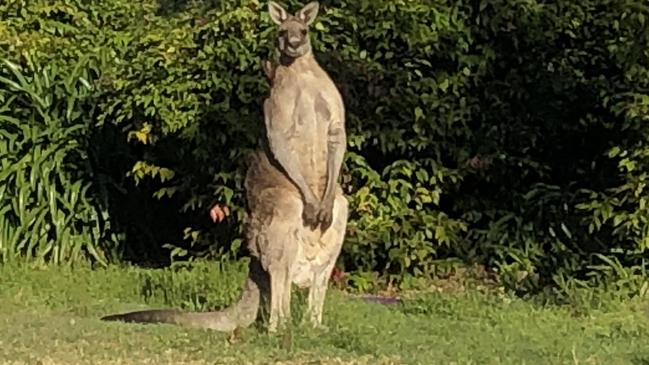
Locals say that a mob of more than 30 eastern grey kangaroos is roaming through private acreages close to the boundary of the Ku-ring-gai Chase National Park.
The makers of “Skippy the Bush Kangaroo” made 91 episodes, and a feature film, in the 12ha fictional “Waratah Park”, just off Namba Rd, from 1967 to 1969.
And one of the stars of the show, Tony Bonner, who played Jerry the handsome helicopter pilot, reckons there’s a good chance some of the animals might be descendants of Skippy.
Mr Bonner said there a number of kangaroos used in the course of filming and that every now and again one would “shoot off into the bush and never be seen again”.
“They weren’t trained animals,” Mr Bonner, who lives on the northern beaches said. “It would be slow, time consuming work for the crew and sometimes the kangaroos would hop off into the bush.
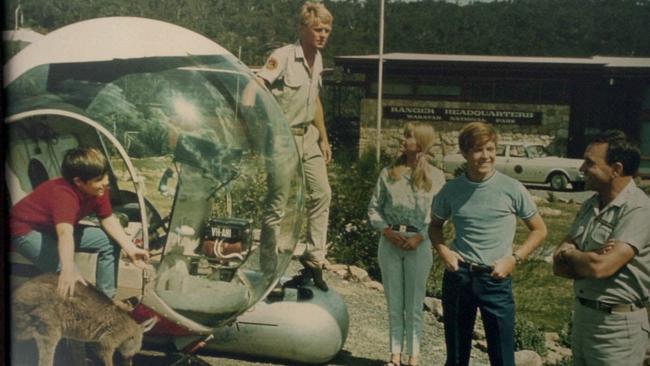
“Wouldn’t it be great if this mob of kangaroos now were the progeny of those little critters who got away from the Skippy set?”
When production of the series wound up, the TV set and its grounds became a wildlife theme park. complete with a group of western greys.
A woman, who said she used to work at the Waratah Park wildlife reserve, has told a community Facebook page that a number of kangaroo “escapees” — of the same eastern grey species as Skippy — made it out of the park.
The wildlife park, on Crown Land, was closed in 2006 before the land ownership was eventually transferred to the Metropolitan Local Aboriginal Council in 2014.
Resident Lauren Seeley said she often sees the kangaroo mob at dusk.
“I see dozens of eastern greys every day around Duffys Forest,” Ms Seeley said.
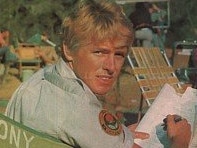
“They live all around our horses’ paddocks and we regularly see a mob of 10, sometimes 20-30 at a time.”
Ms Seeley took a photograph of a large male which, she said, stood close to “five feet tall”.
Another resident posted on Facebook the mob of eastern greys had grown from “five to well over 40 in the last five years”.
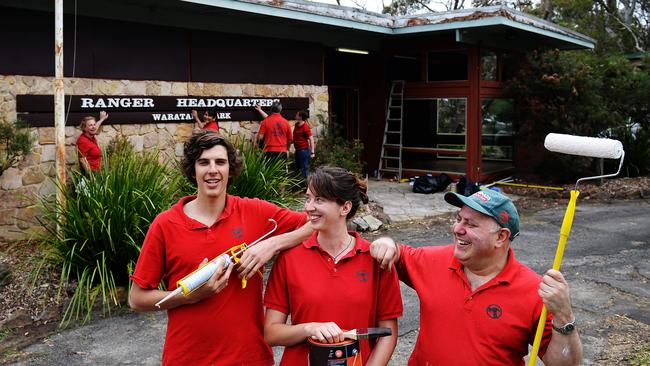
“I’ve spent most of my life bush bashing around here and we never had eastern greys when I was growing up. They’ve exploded lately though.”
The NSW National Parks and Wildlife Service told the Manly Daily this week that it was aware there were eastern grey kangaroos on the urban fringe around Duffys Forest.
“A mob of approximately 30 individuals has been observed,” a spokesman said.
“The origin of these particular kangaroos is not clear.”
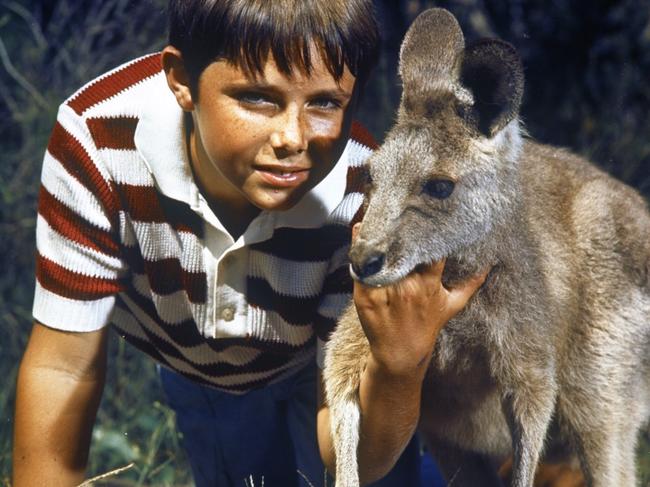
But the spokesman said that, historically, it was not impossible for eastern greys to have naturally made their way into Duffys Forest during times of drought.
“They are native to the Greater Sydney area.
“There’s a lot of large grass paddocks with small acreage properties – and well-watered, open grasslands is their prime habitat. They don’t travel very far through thick bush, but will use nearby bushland for shelter and protection.”
NPWS advised people not to approach the kangaroos.
“These are wild animals,” the spokesman said.
Email your photos of the Duffys Forest kanagaroos to jim.orourke@news.com.au





